Every young girl dreams of one day meeting her prince charming and living happily ever after in a beautiful palace. So it’s no surprise that every summer, when the King and Queen of Belgium open the gates of the Royal Palace in Brussels, everyday folk come pouring in for a peek at the gold and crystal that adorn the inside of the Belgian Royal Palace.
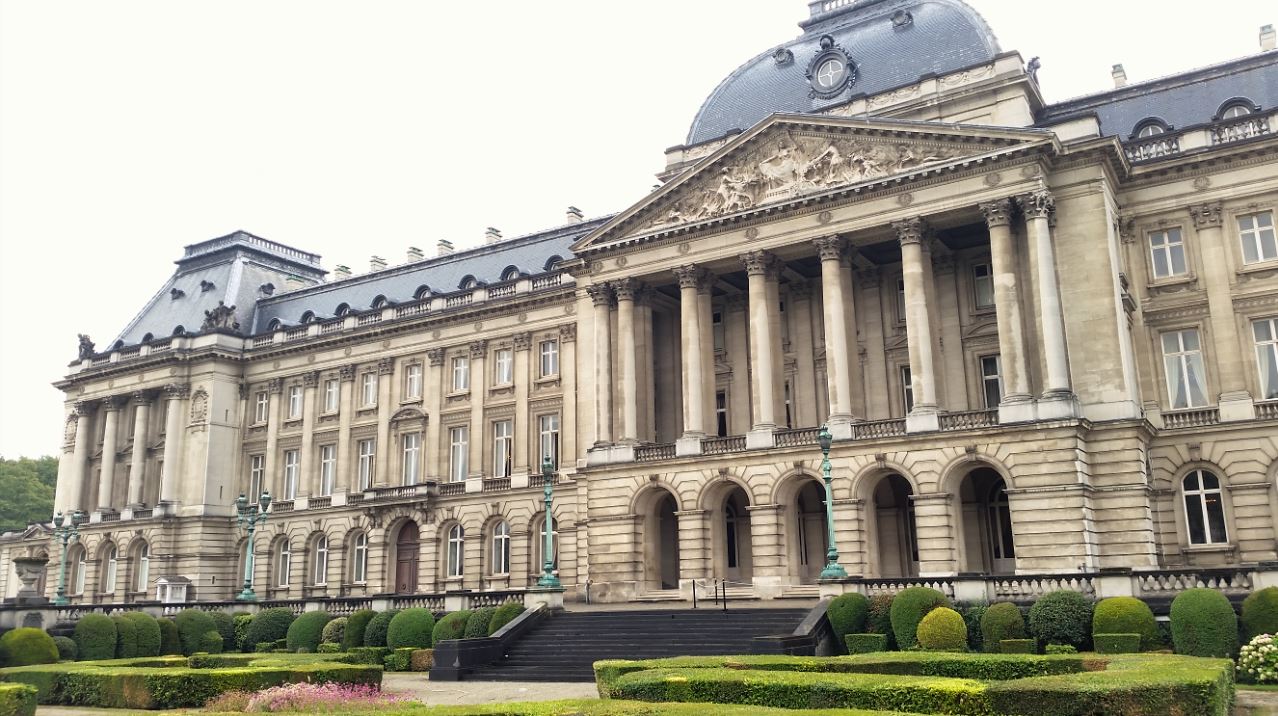
A FAIRYTALE OFFICE
Confusingly the Royal Palace of Brussels is not where the Royal Family lives, it’s the King’s administrative residence or office where he works and receives the representatives of political institutions, foreign guests (heads of state, ambassadors) and other guests.
Walking past the impressive Royal gates we cannot help but think that maybe we should have arrived on a white horse. Nevertheless as we set foot inside the Ceremonial Vestibule our eyes are immediately drawn to the lifesized portraits of His Majesty King Philippe, his wife Queen Mathilde and the busts of former Belgian Kings and Queens that fill the room.
The vestibule opens up to the majestic Grand Staircase, with its domed ceiling, which was designed for King Leopold II. The broad white marble staircase, with green marble balustrade and monumental statue of Peace (in the form of the Roman goddess Minerva) leads up to the large Anti-chamber.
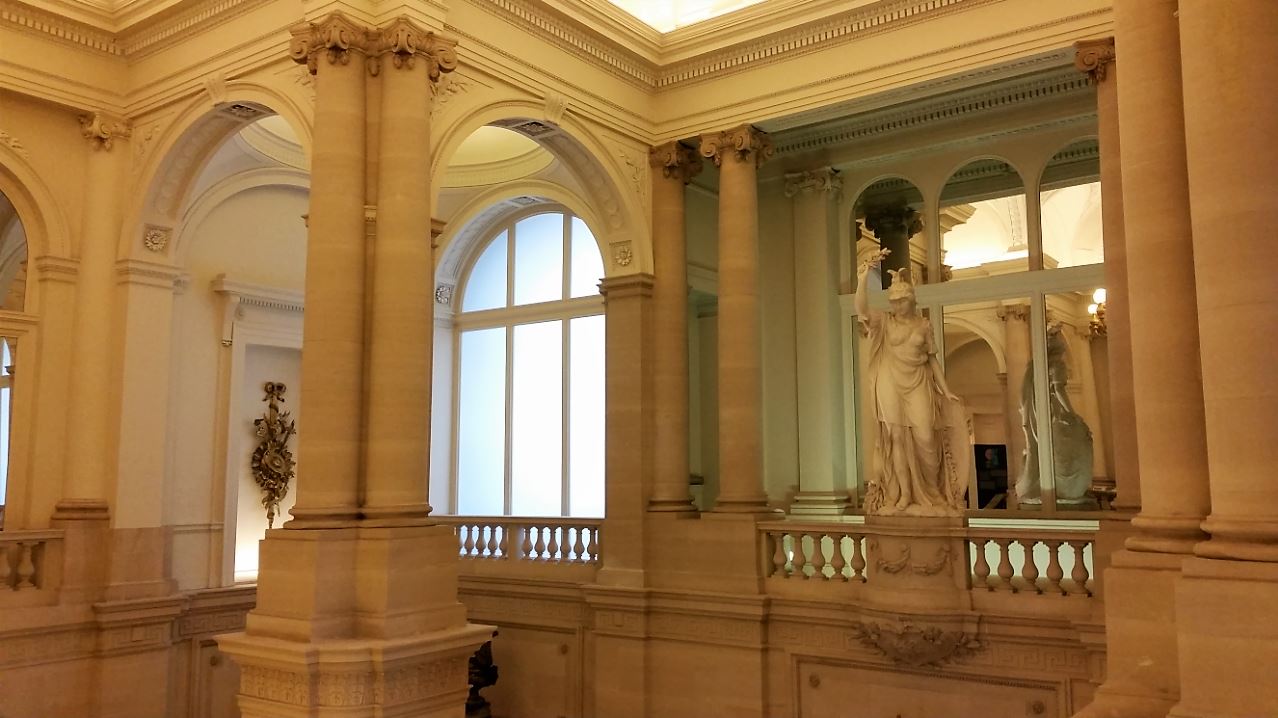
The Anti-chamber overlooks the Paleizenplein/Place des Palais and gives access to the official balcony from where the Royal Family greets the crowds on special occasions. The room dates from when the North and South of the Netherlands were united into one Kingdom (1815-1830), after the battle of Waterloo, a political history which is depicted by a frieze along the walls of the room. The room also features two large portraits of Prince Leopold of Saxe-Coburg (the future King Leopold I) and his wife Princess Charlotte of Wales.
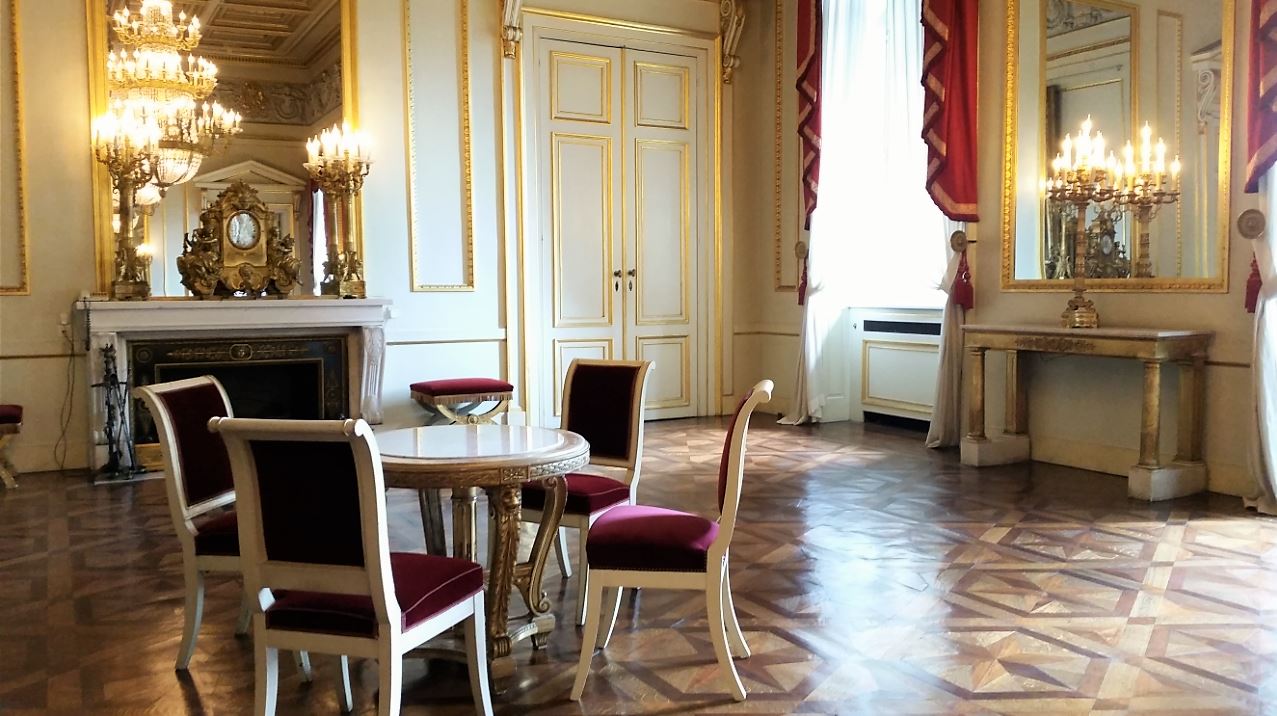
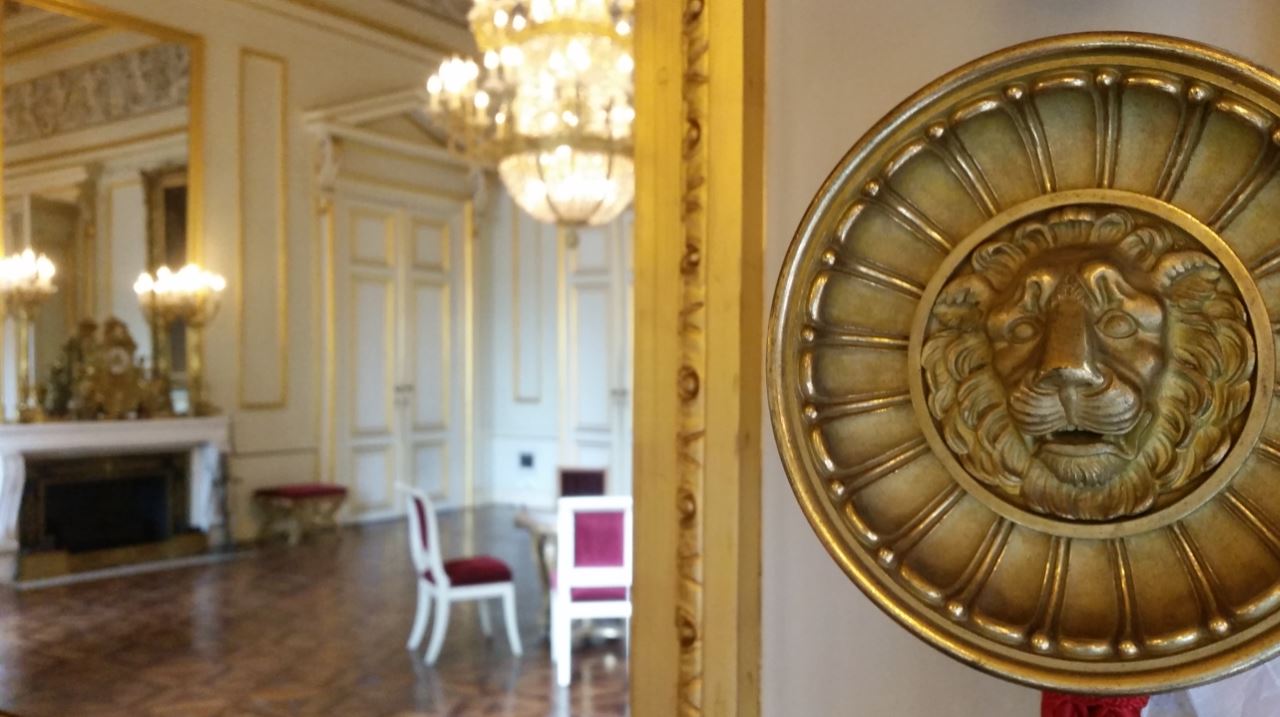
The adjacent Empire Room is situated in the oldest part of the Palace and was originally the official ballroom of the Austrian imperial representative. The gilding and low reliefs on the walls show dancing angels making music and are a prime example of the taste and lifestyle of the upper class at the end of the Ancient Régime.
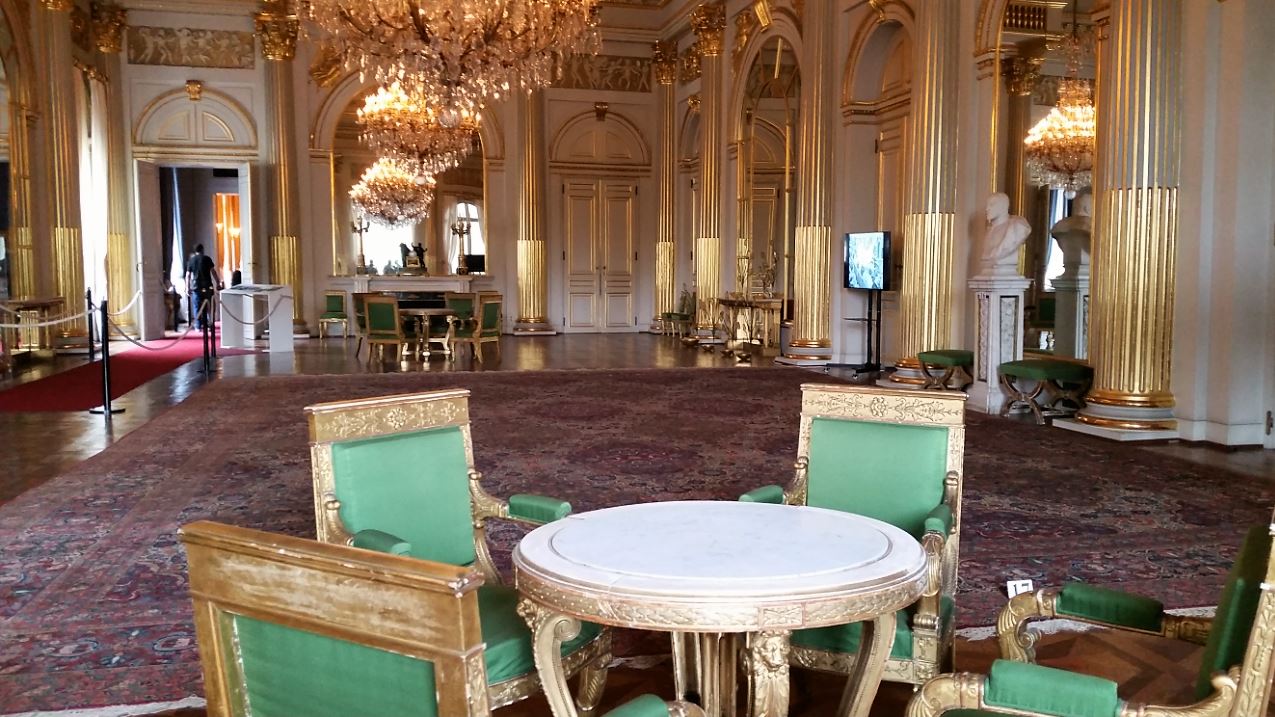
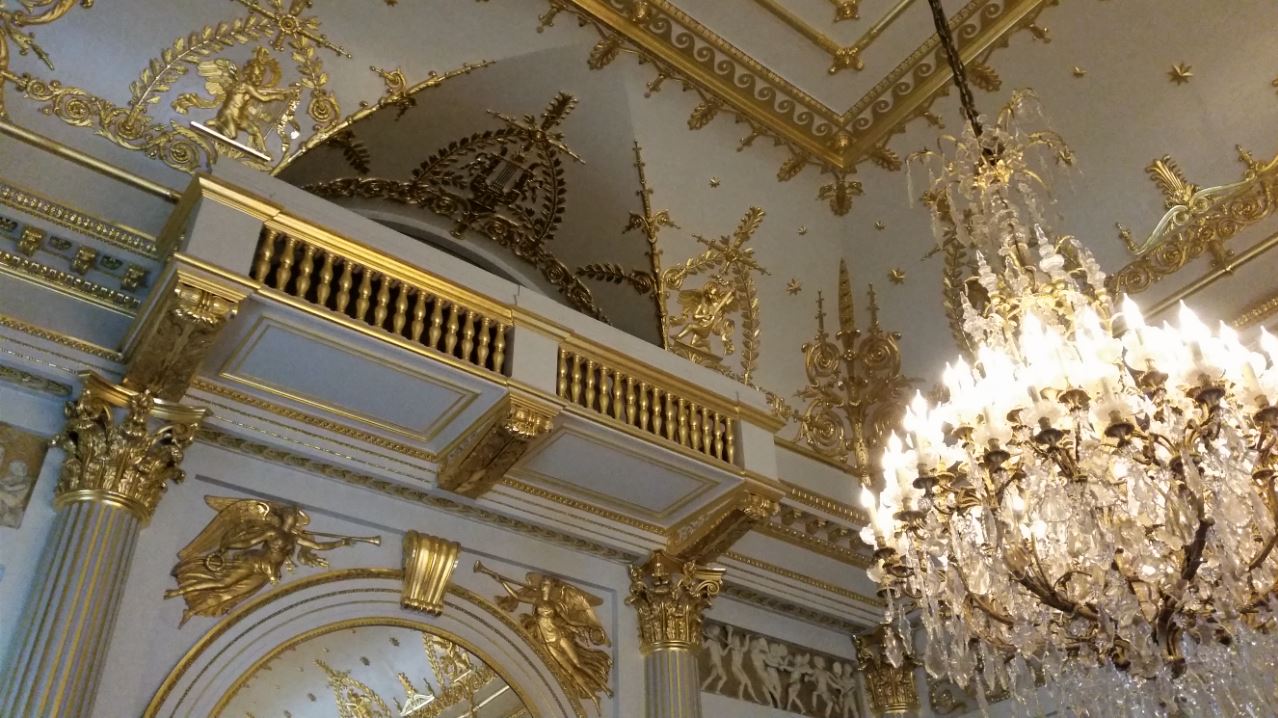
Nowadays newly accredited ambassadors come to this room to present their credentials to the King.
The Small and Large White Drawing Room have often been the setting for official photographs taken to mark important events in the Royal Family’s life, such as the wedding of King Baudouin and Queen Fabiola in 1960 and King Philippe’s swearing-in ceremony in 2013. Two weeks before the assassination of President Kennedy, American Vice-President Lyndon B. Johnson and his wife were received here by King Baudouin and Queen Fabiola.
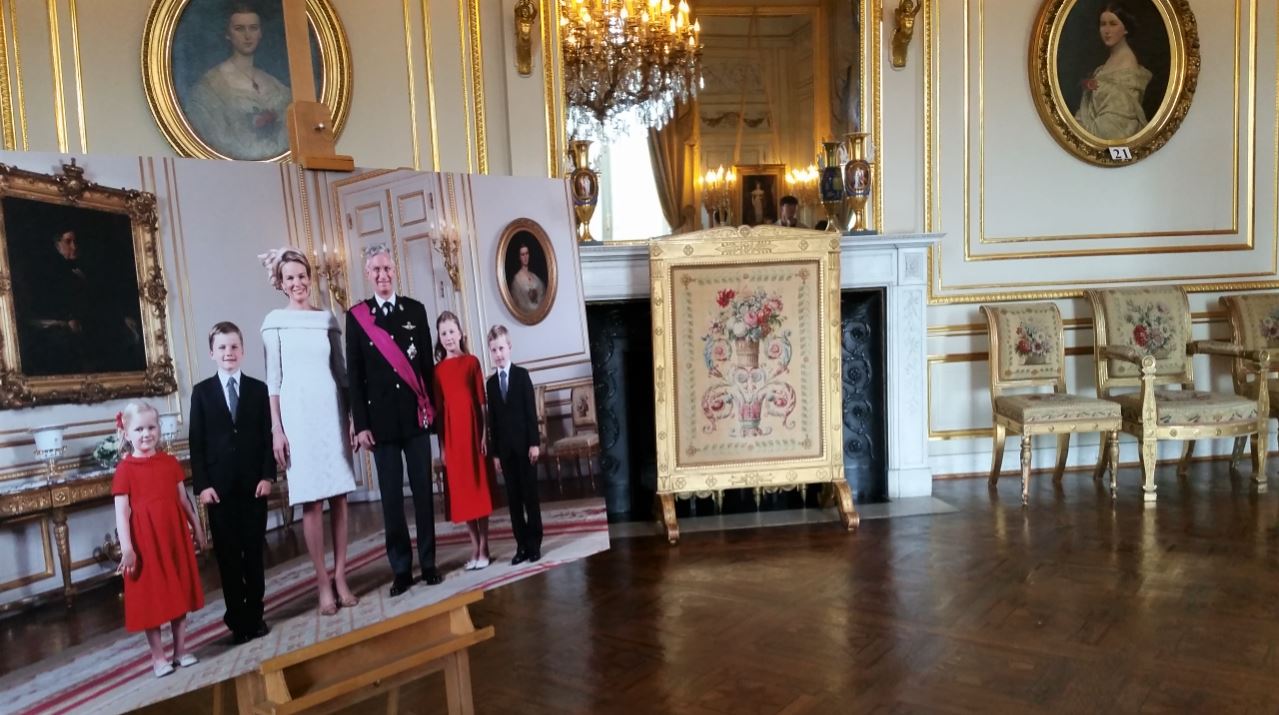
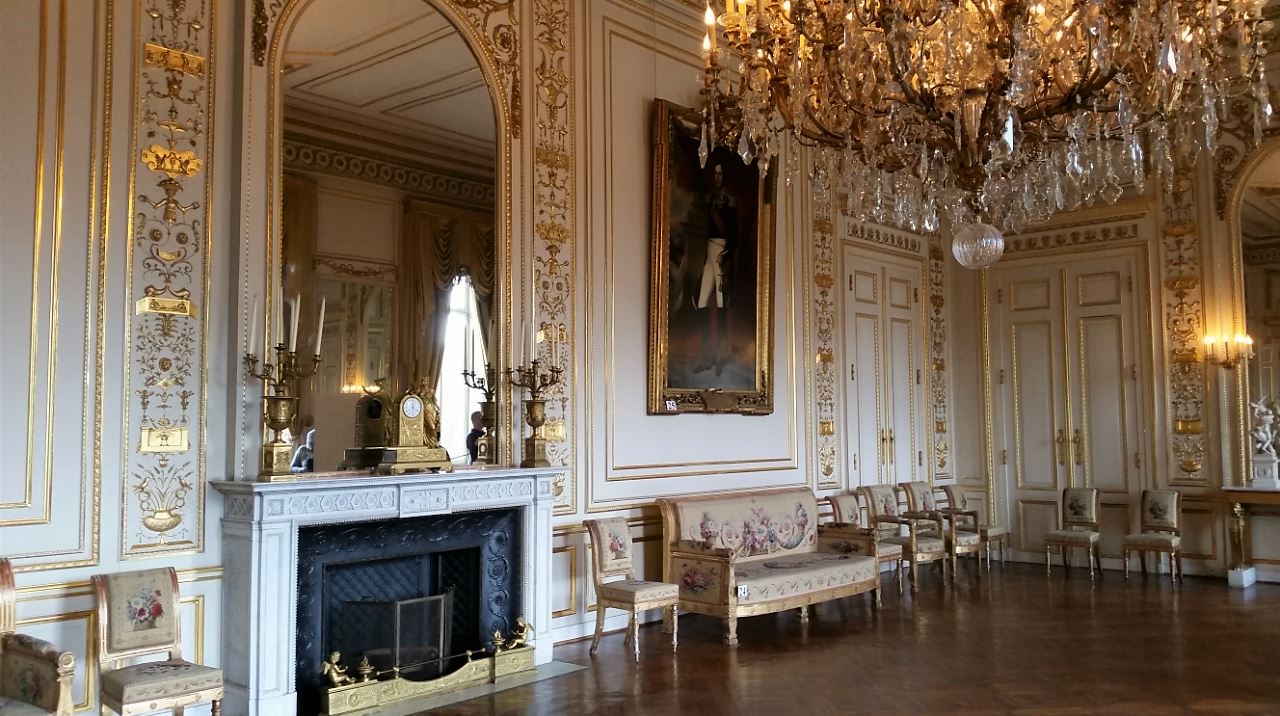
The Long Gallery was inspired by the Hall of Mirrors in Versailles and is the usual passageway along which the Royal Family proceeds to go to the Throne Room. The gallery is nowadays mostly used to host dinners and receptions.
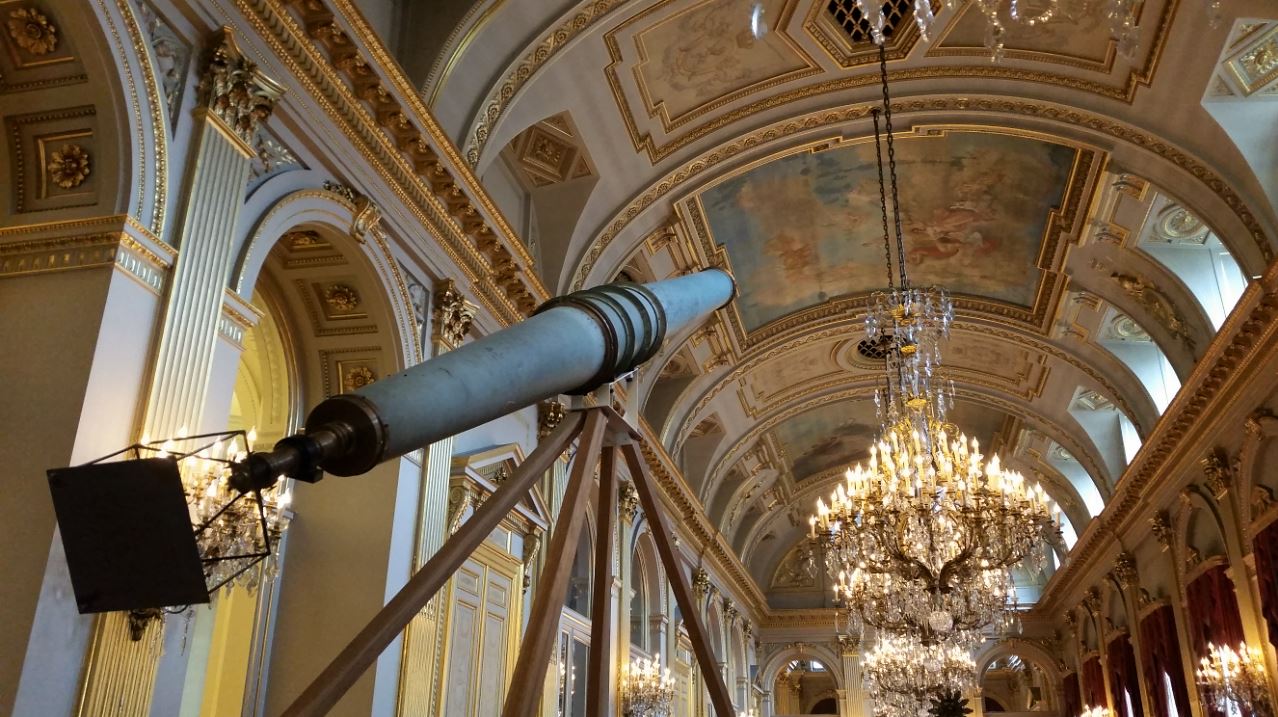
Built under the reign of King Leopold II, the Throne Room is the largest and most magnificent room in the Palace. Its gold and white decoration and monumental chandeliers are inspired by the Tuileries Palace in Paris.
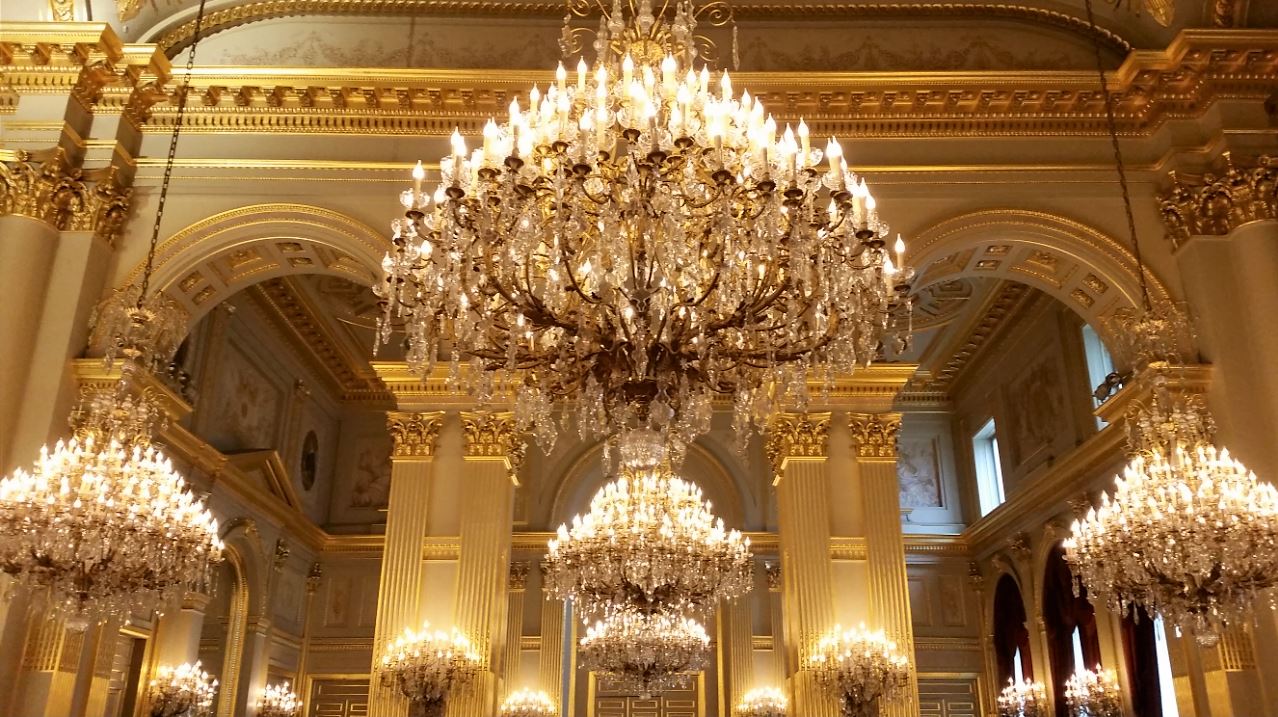
The room originally served as a ballroom and during the reigns of Leopold II and Albert I several balls took place every year. The last Court Ball was organized for the 1958 World Exhibition and hosted some 4,500 guests. But the richly decorated room also witnessed pain and hardship. During the First World War King Albert I and Queen Elisabeth made the Royal Palace available to the Red Cross for use as a hospital. Several thousand casualties were nursed in the gilded setting with concerts and theatrical performances being held to relieve the pain for a moment.
Two kings brought their reign to a close by signing their abdication act in the Throne Room. In 1951 King Leopold III abdicated in favour of his son Baudouin and on 21 July 2013, King Albert II signed his abdication act before driving to the Parliament with his son Philippe where the latter took the constitutional oath and was sworn in as the seventh King of the Belgians.
The Throne Room is also where gala banquets during state visits are held. On these occasions over 200 guests may sit at long tables decorated to perfection with some of the most beautiful tableware as a sign of style and excellence in honour of the visiting heads of state. Other traditions such as the King and Prime Minister’s New Year speeches to the country’s authorities and the traditional autumn and Christmas concerts are also held in the Throne Room.
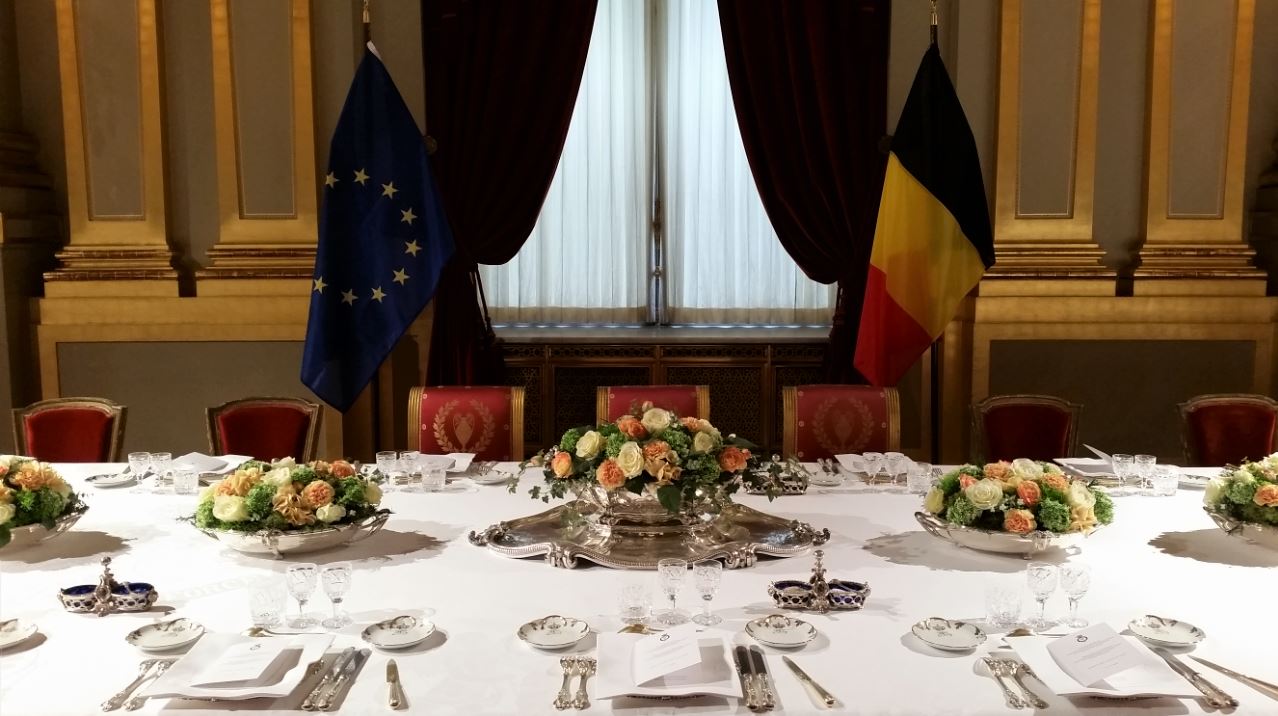
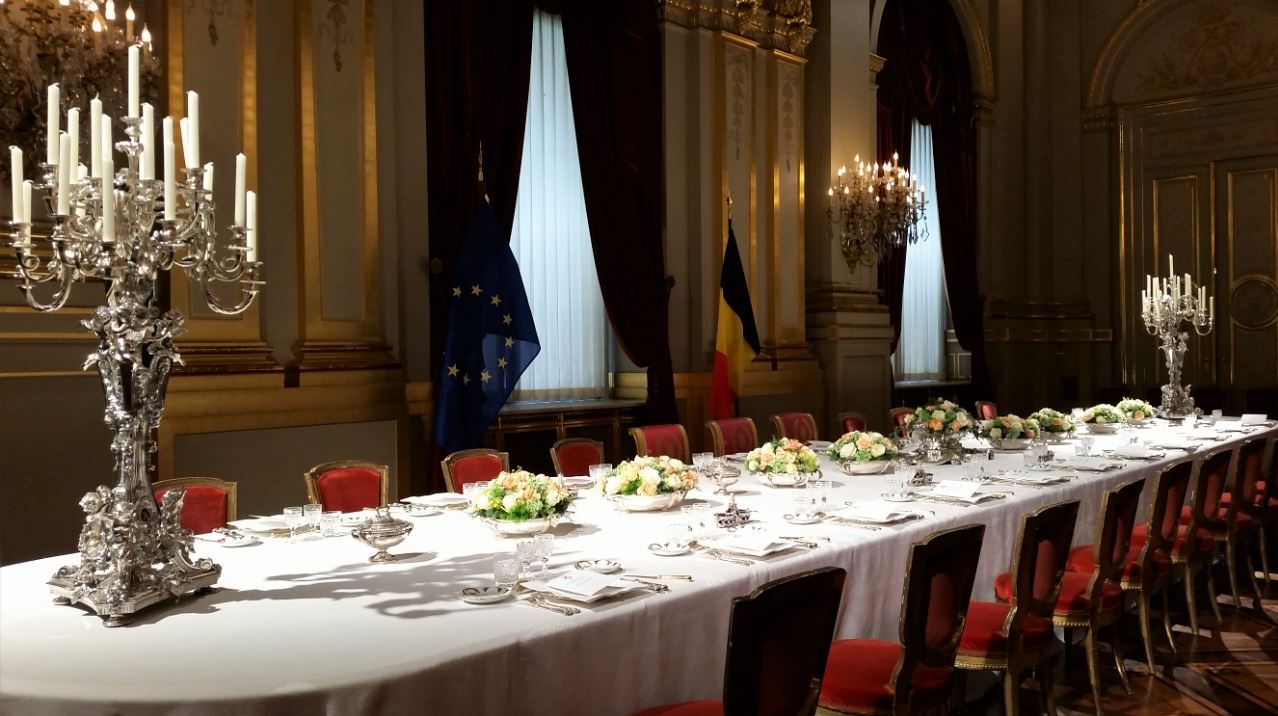
Less glamorous, but definitely one of the most talked about rooms in the Royal Palace, is the Hall of Mirrors . The construction of the room began under the reign of Leopold II and has walls decorated with marble and copper. King Albert I had the works completed with mirrors on the walls, which were originally intended to feature allegorical scenes evoking Africa.
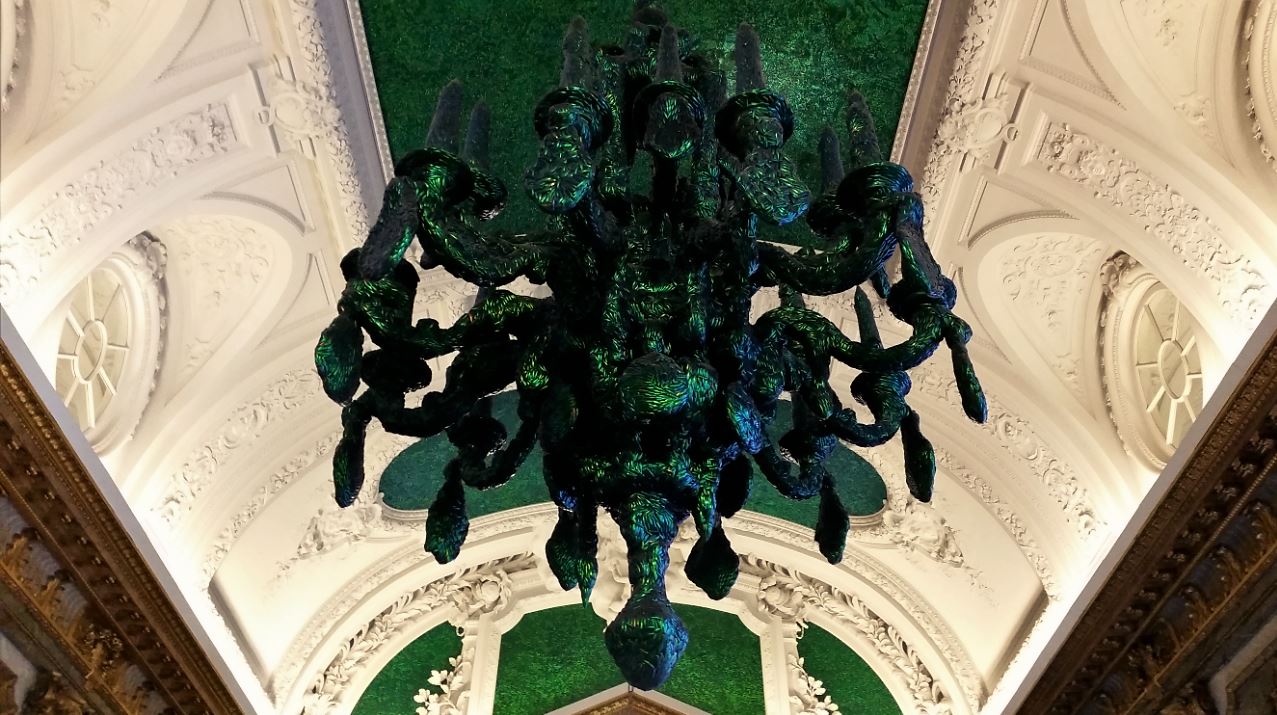
In 2002, Belgian artist Jan Fabre was given the opportunity to create a work of art in this space by Queen Paola. His work, entitled “Heaven of Delight“, covers the ceiling and one of the three chandeliers with 1.4 million wing cases of Thai jewel beetles and stirred up a lot of commotion at the time of the reveal with some people calling it a disgrace while others applauded the daring and modern interpretation of Royal interior design.
Practical:
The Royal Palace in Brussels traditionally opens its doors to the public every summer after the National Holiday of 21 July until September. Entrance to the Palace is free.
The Palace can easily be reached by car and public transport:
- Train: Bruxelles-Central/Brussel-Centraal station
- Tram: 92 and 93, ‘Palais/Paleizen’ stop
- Metro: 1 and 5, ‘Parc/Park’ station – 2 and 6, Trône/Troon station
- Bus: 22, 27, 38, 54, 71 and 95, ‘Ducale/Hertog’ stop
- Villo! Bicycle rental network: ‘Palais Royal/Koninklijk Paleis’ station